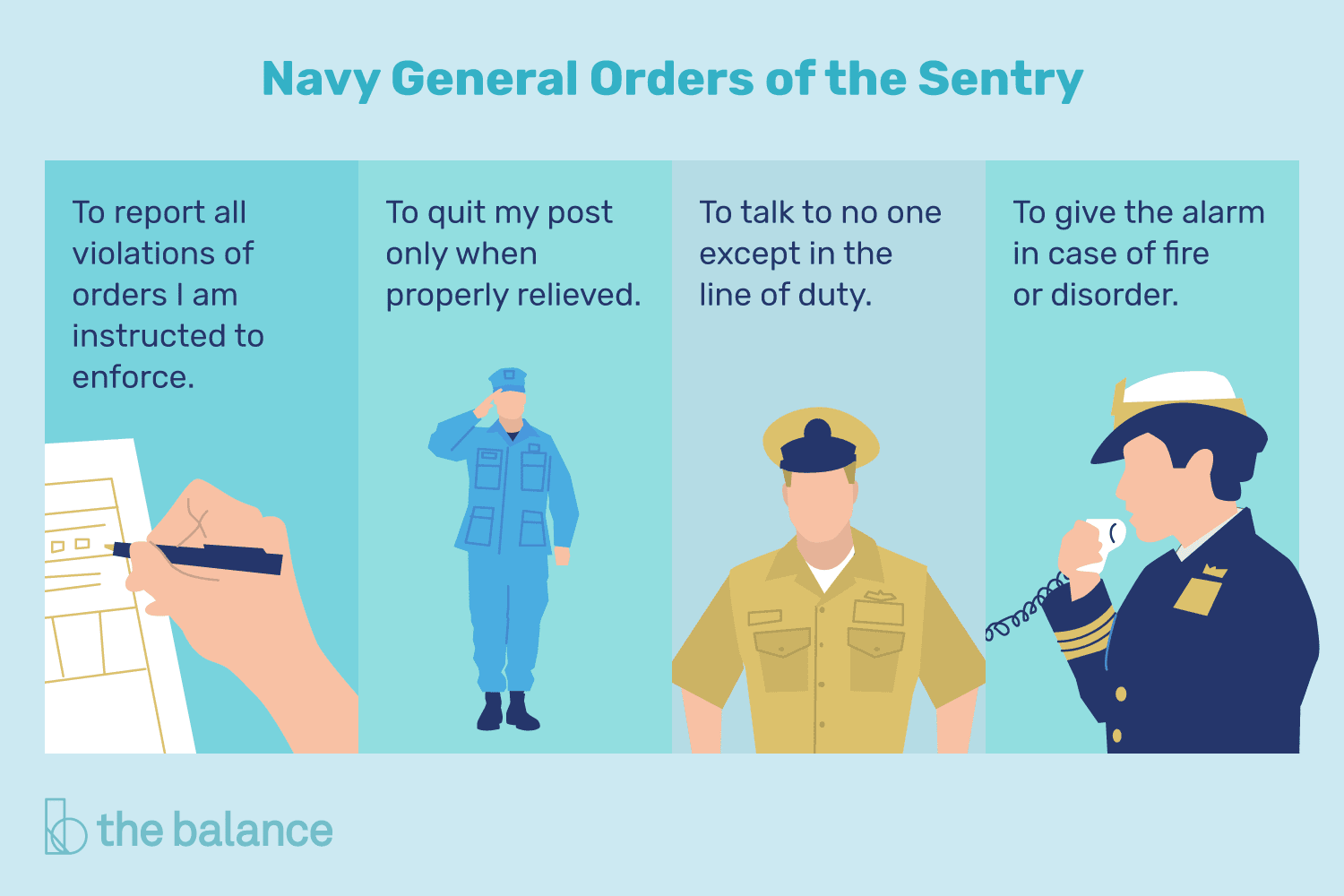General Chemistry 2 Simplified: Your Ultimate Study Guide
<!DOCTYPE html>
Struggling with General Chemistry 2? You’re not alone. This course dives deeper into chemical concepts, from thermodynamics to kinetics, often leaving students overwhelmed. But fear not! This ultimate study guide breaks down complex topics into manageable chunks, providing clear explanations, practical tips, and proven strategies to ace your exams. Whether you're preparing for a test or aiming to solidify your understanding, this guide is your roadmap to success in General Chemistry 2, (General Chemistry 2 Study Tips, Chemistry Exam Prep, Chemical Concepts Simplified)
Mastering Thermodynamics: The Heart of General Chemistry 2
Thermodynamics is a cornerstone of General Chemistry 2, focusing on energy flow and transformations. To master this topic:
- Understand the Laws of Thermodynamics: Grasp the first, second, and third laws to predict system behavior.
- Practice Calculations: Regularly solve problems involving enthalpy, entropy, and Gibbs free energy.
- Visualize Processes: Use diagrams to understand heat transfer and work in chemical reactions.
💡 Note: Focus on real-world applications to make thermodynamics concepts stick.
Kinetics and Equilibrium: Balancing Chemical Reactions
Chemical kinetics and equilibrium are crucial for understanding reaction rates and stability. Here’s how to tackle them:
- Learn Rate Laws: Master zero, first, and second-order reactions to predict reaction speeds.
- Study Le Chatelier’s Principle: Understand how changes in conditions affect equilibrium positions.
- Use ICE Tables: Practice setting up and solving equilibrium problems with ICE tables.
By combining theoretical knowledge with practical problem-solving, you’ll gain confidence in these areas. (Chemical Kinetics, Equilibrium Problems, Le Chatelier’s Principle)
Electrochemistry: Unlocking the Power of Redox Reactions
Electrochemistry bridges chemistry and electricity, focusing on redox reactions. Key strategies include:
- Memorize Redox Rules: Understand oxidation states and half-reactions.
- Master Cell Diagrams: Learn to draw and interpret galvanic and electrolytic cells.
- Practice Calculations: Solve problems involving cell potentials, Faraday’s law, and Nernst equation.
| Concept | Key Focus |
|---|---|
| Redox Reactions | Oxidation States, Half-Reactions |
| Cell Diagrams | Galvanic vs. Electrolytic Cells |
| Calculations | Cell Potentials, Faraday’s Law |
Electrochemistry can be challenging, but with consistent practice, it becomes second nature. (Electrochemistry Basics, Redox Reactions, Nernst Equation)
Study Strategies for General Chemistry 2 Success
Effective studying is as important as understanding the material. Here are proven strategies:
- Create a Study Schedule: Allocate specific time slots for each topic.
- Use Flashcards: Reinforce key concepts and formulas.
- Join Study Groups: Collaborate with peers to clarify doubts and share insights.
📚 Note: Regular review and practice are essential for retaining complex chemistry concepts.
General Chemistry 2 may seem daunting, but with the right approach, it becomes manageable. By mastering thermodynamics, kinetics, equilibrium, and electrochemistry, and adopting effective study strategies, you’ll not only pass but excel in this course. Remember, consistency and practice are key to unlocking your potential in chemistry. (Chemistry Study Strategies, Exam Preparation Tips, Mastering Chemistry Concepts)
What are the key topics in General Chemistry 2?
+General Chemistry 2 covers thermodynamics, chemical kinetics, equilibrium, and electrochemistry as core topics.
How can I improve my understanding of thermodynamics?
+Focus on the laws of thermodynamics, practice calculations, and visualize energy processes for better understanding.
What’s the best way to prepare for a General Chemistry 2 exam?
+Create a study schedule, use flashcards for key concepts, and practice solving problems regularly.



